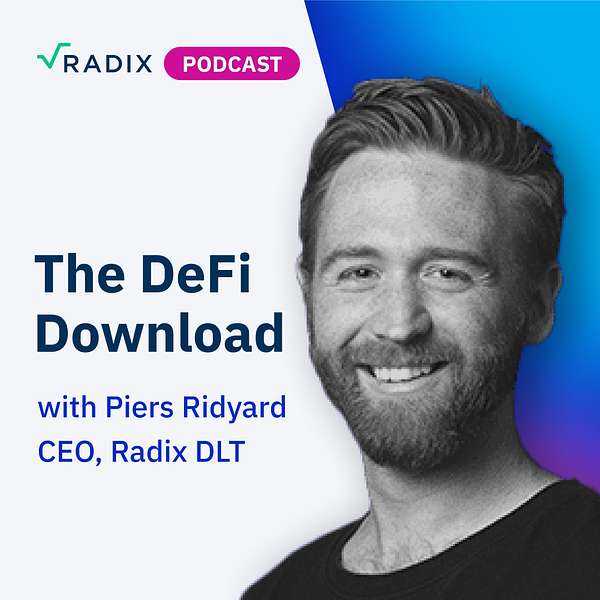
The DeFi Download
The DeFi Download
Barter: powering the $100Bn decentralised order routing ecosystem
In this episode of the DeFi Download, Piers Ridyard talks with Nikita Ovchinnik, Co-Founder of Barter, a smart router for DeFi swap routes. They delve into Nikita's foray into crypto, the inner workings of Barter, the MEV problem and its possible solutions, and the importance of market makers.
Summary
Nikita describes his journey into crypto, which began in 2017 after initial scepticism. He eventually joined 1inch as their first outsider employee. Nikita describes 1inch's explosive growth during the DeFi Summer, as well as its focus on integrating with wallets and navigating the fundraising landscape until eventually securing investment from FTX.
The conversation between Nikita and Piers dives next into Barter, exploring its role as a smart router program in the DeFi ecosystem. Barter is a decentralized protocol that provides transparent trade routes across liquidity providers like CoW Swap and UniswapX, minimizing costs and maximizing efficiency. Barter has over $4 billion processed on Ethereum.
Key takeaways
- Understanding MEV: MEV stands for "Miner Extractable Value" and refers to the profit that miners can extract from the reordering of transactions and other manipulations in DeFi protocols. It occurs due to the way transactions are processed and confirmed, which can lead to arbitrage opportunities that benefit miners at the expense of regular users and liquidity providers. MEV has become a significant concern in Ethereum and other blockchain networks where DeFi activities are prevalent.
- Efforts to Mitigate MEV: Platforms like CoW Swap and UniswapX aim to reduce MEV by implementing strategies such as MEV blockers. These blockers prevent transaction details from being visible in public mempools, thereby limiting the ability of miners to front-run transactions or exploit price discrepancies for profit. By managing how transaction orders are processed and confirmed, these platforms attempt to minimize the negative impact of MEV on users and liquidity providers.
- Challenges and Future Directions: While MEV blockers represent a step towards mitigating MEV, the challenge remains complex and ongoing. Solutions such as batching and matching user orders across different DEX platforms without tapping directly into AMM liquidity provide users with better rates and lower gas costs, thereby making DeFi more efficient and less susceptible to MEV exploits. However, achieving these goals in a decentralized and efficient manner without reliance on centralized systems remains a significant hurdle.
- The Critical Role of Market Makers: While the transparency and fairness of traditional market makers on centralized exchanges is under question, advancements in DeFi and AMMs like those on Uniswap are improving liquidity provision to cryptocurrency markets. Despite the fact that market makers are necessary for efficient trading, newer DeFi protocols are offering competitive liquidity solutions, potentially reducing reliance on traditional market makers.
Chapters
- 00:00 — Introduction
- 01:33 — Nikita's background and journey into crypto
- 04:40 — Nikita's role and experiences at 1inch
- 09:22 — FTX's investment in 1inch
- 11:49 — What is a Smart Router program
- 13:47 — Barter swaps: Who submits the transaction?
- 17:02 — The journey from 1inch to Barter
- 21:57 — MEV: How CoW Swap and UniswapX reduce it
- 34:22 — Are Market Makers essential?
- 41:07 — Where to find out more about Barter
Further resources
- Website: barterswap.xyz
- Twitter: @BarterDeFi